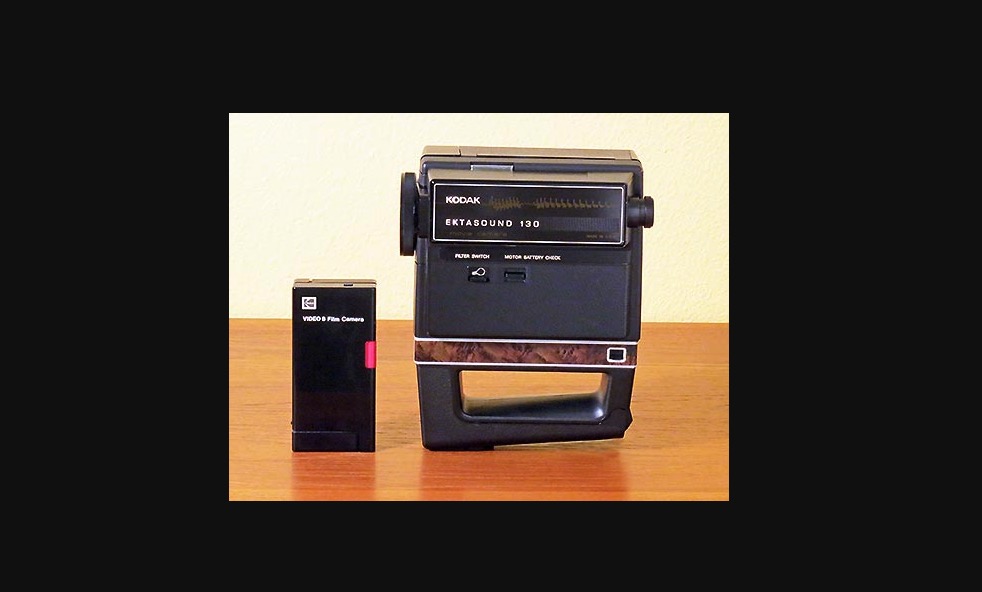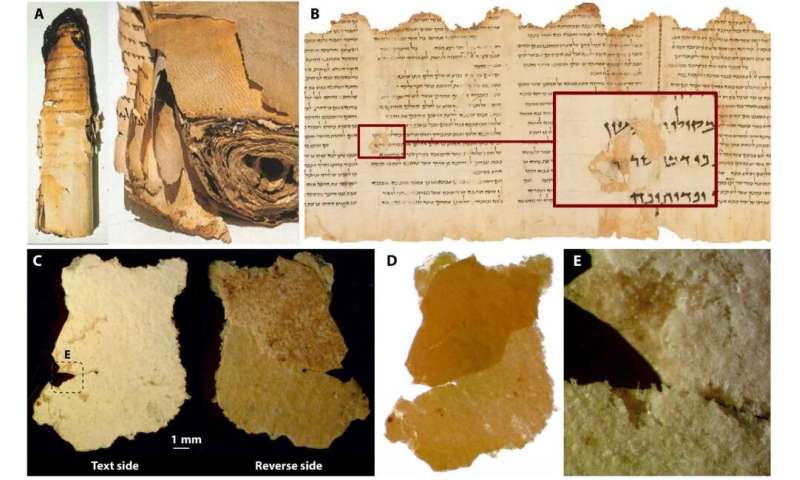via the OUP blog by Chris Lintott

‘Starry Night‘ by Paul Volkmer, public domain via Unsplash
When did you last look up at the night sky? Before the advent of streetlights, paying attention to the heavens above us would have been an everyday part of existence, as commonplace as noticing the weather. Now, as many of us hurry from brightly lit office buildings to the cosy lights of home, few remember to look up and notice the celestial spectacles above our heads. Stargazing – if it’s thought of at all – is regarded as something left for a bucket list trip; it’s a special evening spent under the dark skies of New Zealand, or a chilly cruise to northern Norway to see the Northern Lights. A once in a lifetime treat, not part of our real lives.
Continue reading
==============================
via ResearchBuzz Firehose: Joe Lepper in Charity Digital
The National Lottery has funded the children’s charity to digitise records dating back to when it launched as a children’s hospital in London in 1739.

Coram has been handed £1.26m from the National Lottery to digitise its archives, which date back to the Eighteenth century.
The UK’s oldest children’s charity has been awarded the money through the National Lottery Heritage Fund to carry out a four-year digitisation project of its archives.
The Voices Through Time: The Story of Care digital project involves data from as far back as 1739, when the charity was first established as the Foundling Hospital, which looked after abandoned babies in London.
Continue reading
==============================
via Boing Boing by Mark Frauenfelder

Steve Hines designed this 5-oz. shirt-pocket sound movie camera for Kodak Research Laboratories in 1976. His website has photos and information about the device, which was far ahead of its time.
Image: Hineslab
[via Evil Mad Scientist]
==============================
Is the way we hear music biological or cultural?
via the Big Think blog by Anne Trafton (MIT News Office)
People who are accustomed to listening to Western music, which is based on a system of notes organised in octaves, can usually perceive the similarity between notes that are same but played in different registers — say, high C and middle C.
However, a longstanding question is whether this a universal phenomenon or one that has been ingrained by musical exposure.
Continue reading
==============================
posted by S, Abass Raza in 3 Quarks Daily: Jessica Gross in Longreads:

Tuileries Garden in 1680, Paris, France, engraving from Les Promenades de Paris (The promenades of Paris), by Adolphe Alphand, published by J Rothschild, Paris, 1867-1873. (Photo by Icas94 / De Agostini
In his new book, Proof!: How the World Became Geometrical, historian Amir Alexander advances an audacious claim: that Euclidean geometry profoundly influenced not just the history of mathematics, but also broader sociopolitical reality.
In prose that makes his passion for the material both clear and catching, he describes how Euclid’s Elements present a vision of a perfectly rational order, but one that was viewed as purely theoretical: There was no place for geometrical ideals in messy reality.
In the 1400s, Leon Battista Alberti, an Italian polymath, upended that understanding, countering that the world was, in fact, fundamentally geometrical. Other thinkers, from Copernicus to Galileo, followed. And, as Alexander argues, this sea change had profound implications: If the world was geometrical – not only rational, but also hierarchical and permanent – then that was the divinely ordained social order, too. Euclidean geometry, that is, was used to justify monarchy.
Continue reading
==============================
via Interesting Literature
In this week’s Dispatches from The Secret Library, Dr Oliver Tearle reviews a glorious edition of the bestselling scouts’ manual
Scouting for Boys: A Handbook for Instruction in Good Citizenship has become one of a select subset of books: the bestseller which hardly anybody has read. If, as Mark Twain had it, a classic was a book everybody praises and nobody reads, Scouting for Boys is the book everybody buys but (virtually) nobody reads – at least, not these days. Yet the book is, along with the akela (the title lifted by Robert Baden-Powell from The Jungle Book by Kipling, a writer the Scout-founder admired), as synonymous with the Boy Scouts as the famous woggle. Indeed, Baden-Powell’s manual for his new movement, published in 1908, is reckoned to be the second biggest-selling English-language book of the twentieth century: until the post-war period, sales were exceeded only by those of the Bible in the English-speaking world.
Continue reading
==============================
via Ancient Origins

The 10,000-year-old pebble which is believed to be the oldest lunar calendar in the world. Source: SAPIENZA, Università di Roma
A new study, coordinated by Sapienza, claims to have discovered the oldest lunar calendar in the world in a pebble that was carved during the Upper Paleolithic period.
The remarkable find has been announced by Flavio Altamura of the Department of Sciences of antiquity of Sapienza, in collaboration with the Archaeological Superintendence of Fine Arts and Landscape for the metropolitan area of Rome, the Province of Viterbo, and southern Etruria. The authorities have presented the results of their analysis conducted on the enigmatic stone - which has shown it to be decorated more than 10,000 years ago - making it the oldest known artifact of its type. The full report is published in the Journal of Archaeological Science: Reports.
Continue reading
==============================
via Boing Boing by Xeni Jardin

Here's a pretty incredible vintage computer restoration project from IMGURian and classic computing aficionado Skottyboy. The finished product is amazing, so's the crusty old “before” snapshot!
Continue reading
==============================
via ResearchBuzz Firehose: Massachusetts Institute of Technology in Phys.Org

Light microscopy of the TS, showing its layered structure from the macroscale to the microscale. (A) Photographs of the TS showing damage to the upper part of the scroll (left). The reverse side of the preserved section (right) shows the follicle pattern of the hairs removed from the skin, which indicated that the text is written on the flesh side of the treated skin. [(A): Courtesy of the Estate of Yigael Yadin.] (B) Column 54 of the unrolled TS. The enlarged inclusion (inset) shows that some parts of the bright, text-carrying inorganic layer have been detached. [(B): Photo credit: The Israel Museum, Jerusalem.] (C) Fragment of TS showing inorganic layer on text side (left) and reverse side (right). The organic layer has partially detached, revealing the inner surface of the inorganic layer. (D) The same fragment in light transmittance from the back differentiating the thinner lower part, where the detachment has occurred from the thicker upper part. (E) Enlarged optical micrograph of the boxed region in (C). Credit: Science Advances (2019). https://advances.sciencemag.org/content/5/9/eaaw7494
First discovered in 1947 by Bedouin shepherds looking for a lost sheep, the ancient Hebrew texts known as the Dead Sea Scrolls are some of the most well-preserved ancient written materials ever found. Now, a study by researchers at MIT and elsewhere elucidates a unique ancient technology of parchment making and provides potentially new insights into methods to better preserve these precious historical documents.
Continue reading
==============================
via Interesting Literature

Dante Gabriel Rossetti
Randall Jarrell once said that a good poet is someone who manages, in a lifetime of standing out in thunderstorms, to be struck by lightning 5 or 6 times. And many poets have ‘seen the light’, and written about it: whether a sudden flash of light like a lightning bolt, or a deeper, more enduring, contemplative ‘light’ pointing to a spiritual experience. Here are ten of the very best poems about light.
Continue reading
No comments:
Post a Comment